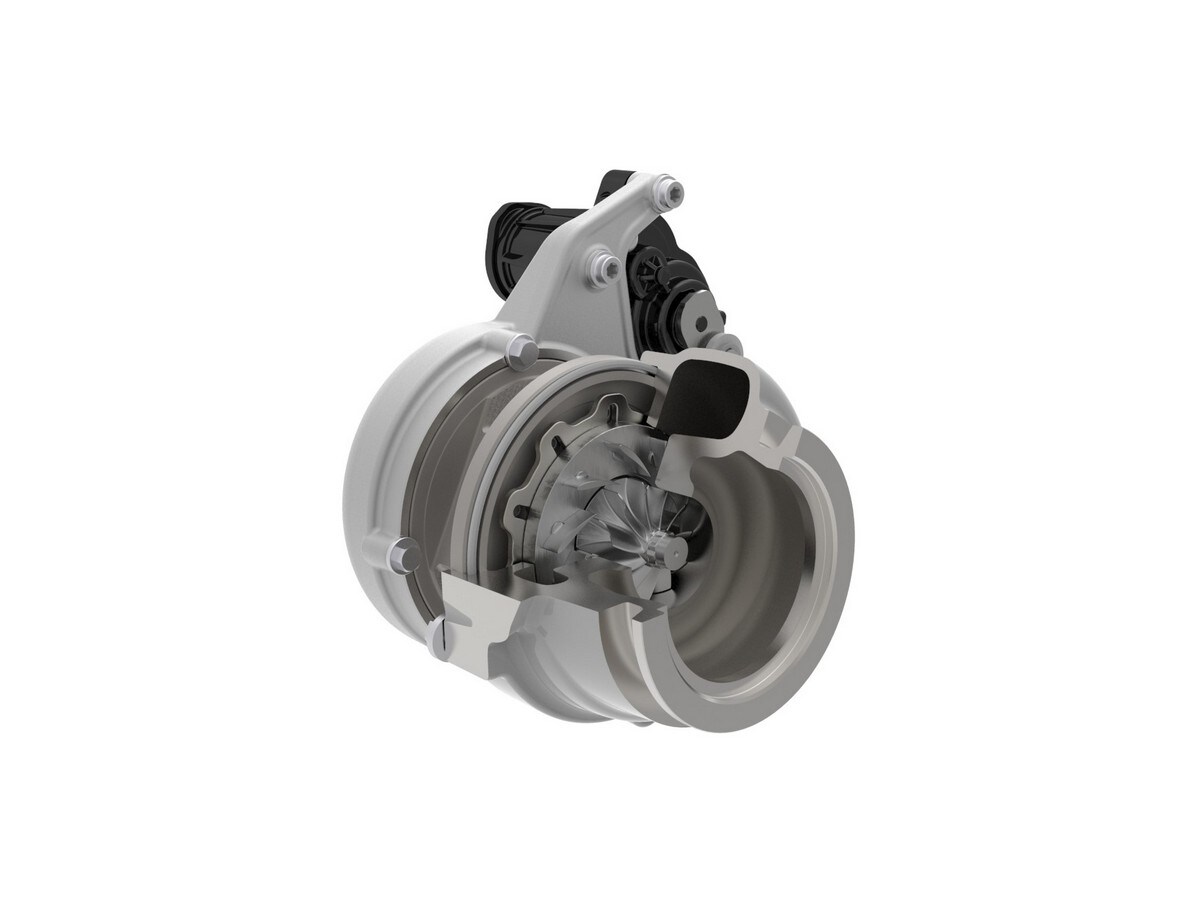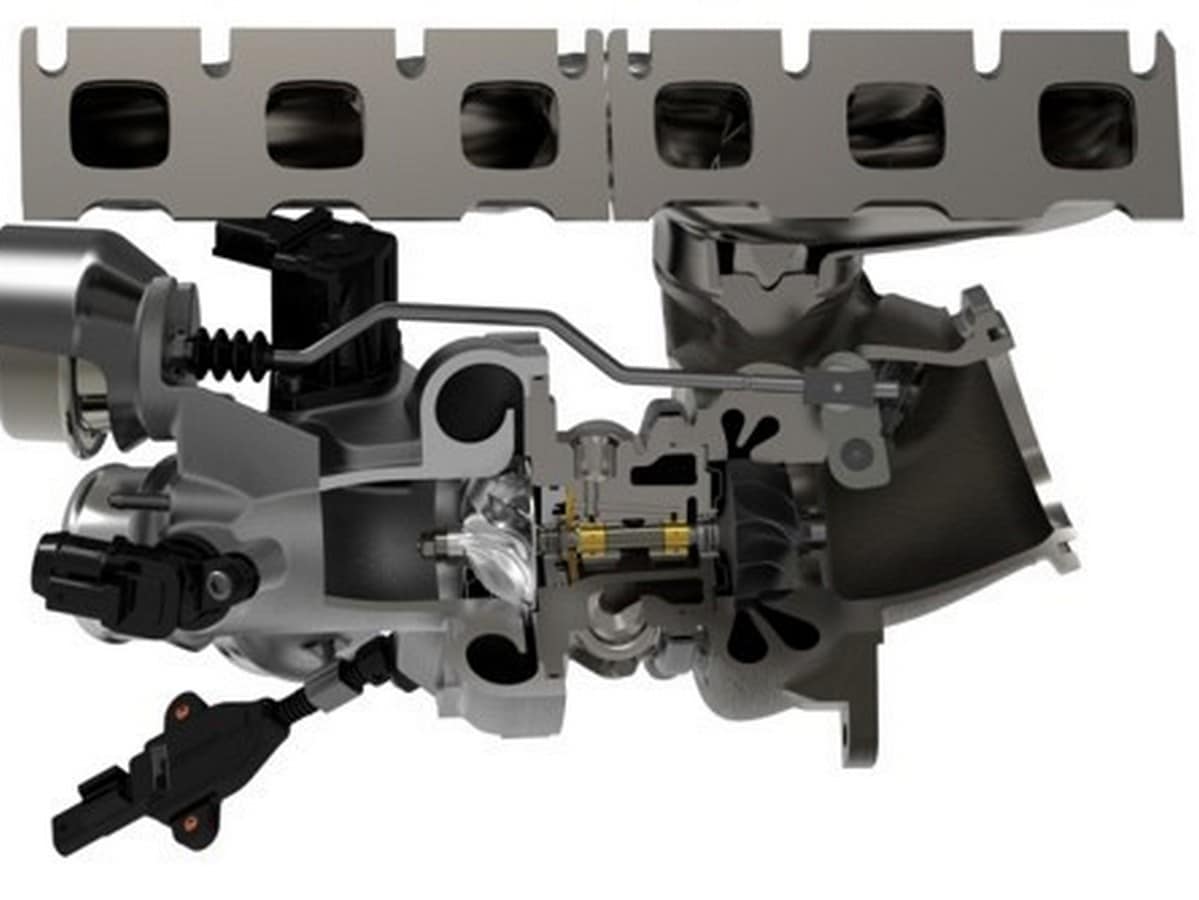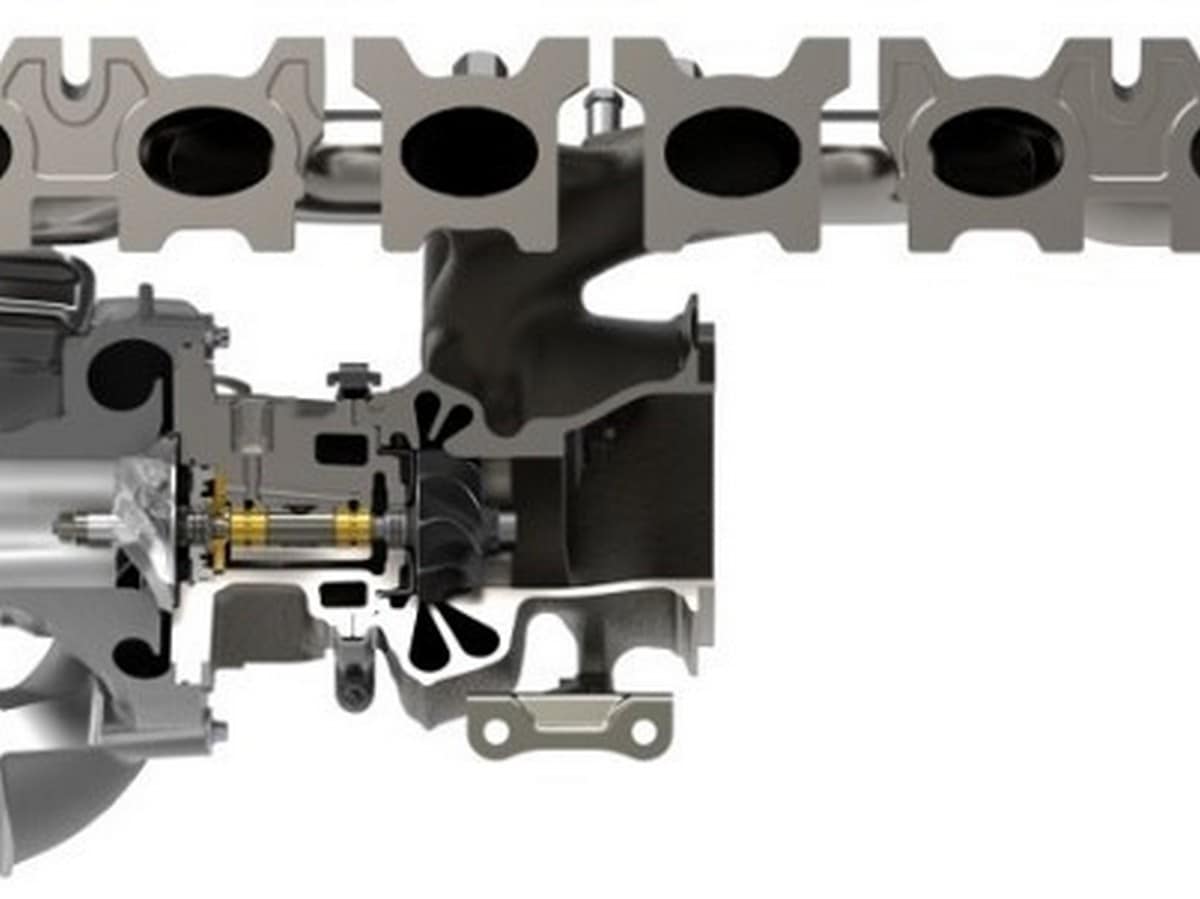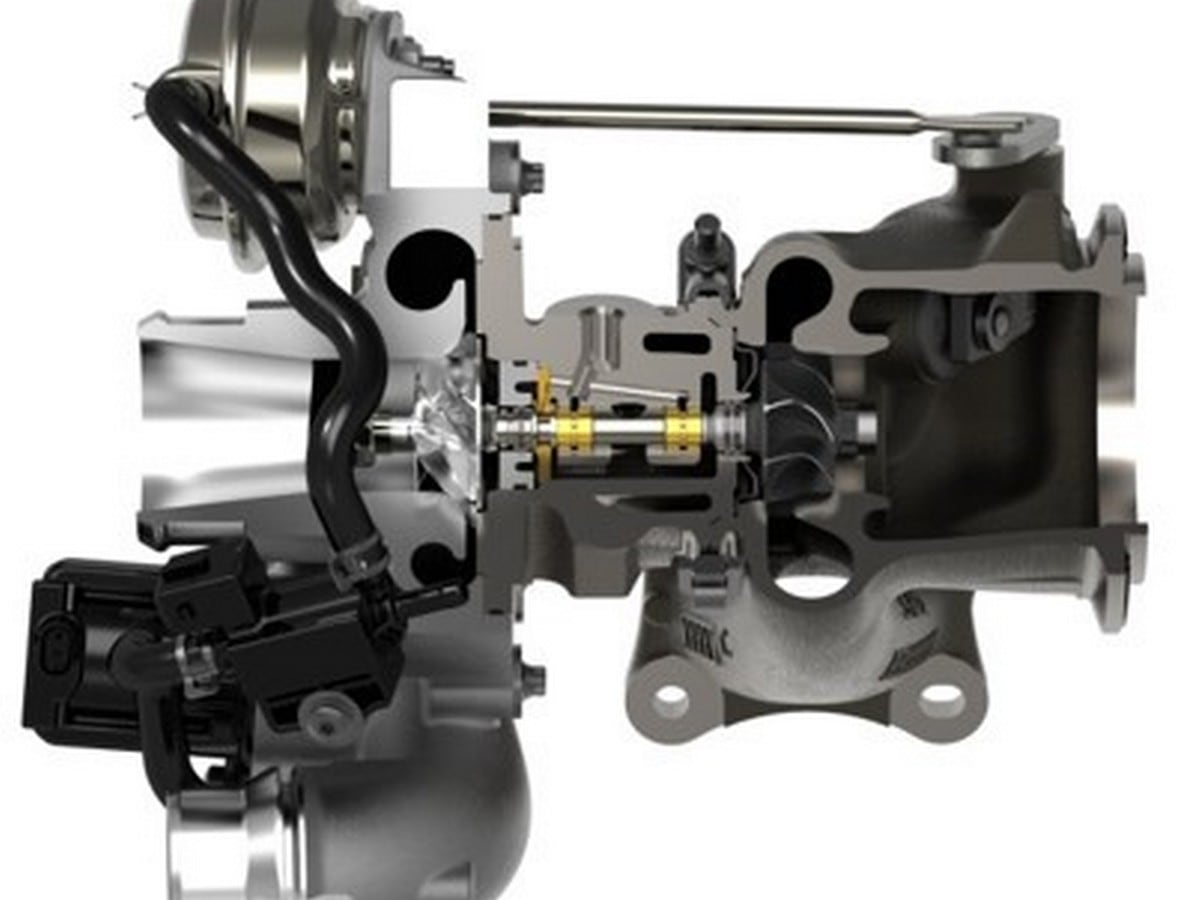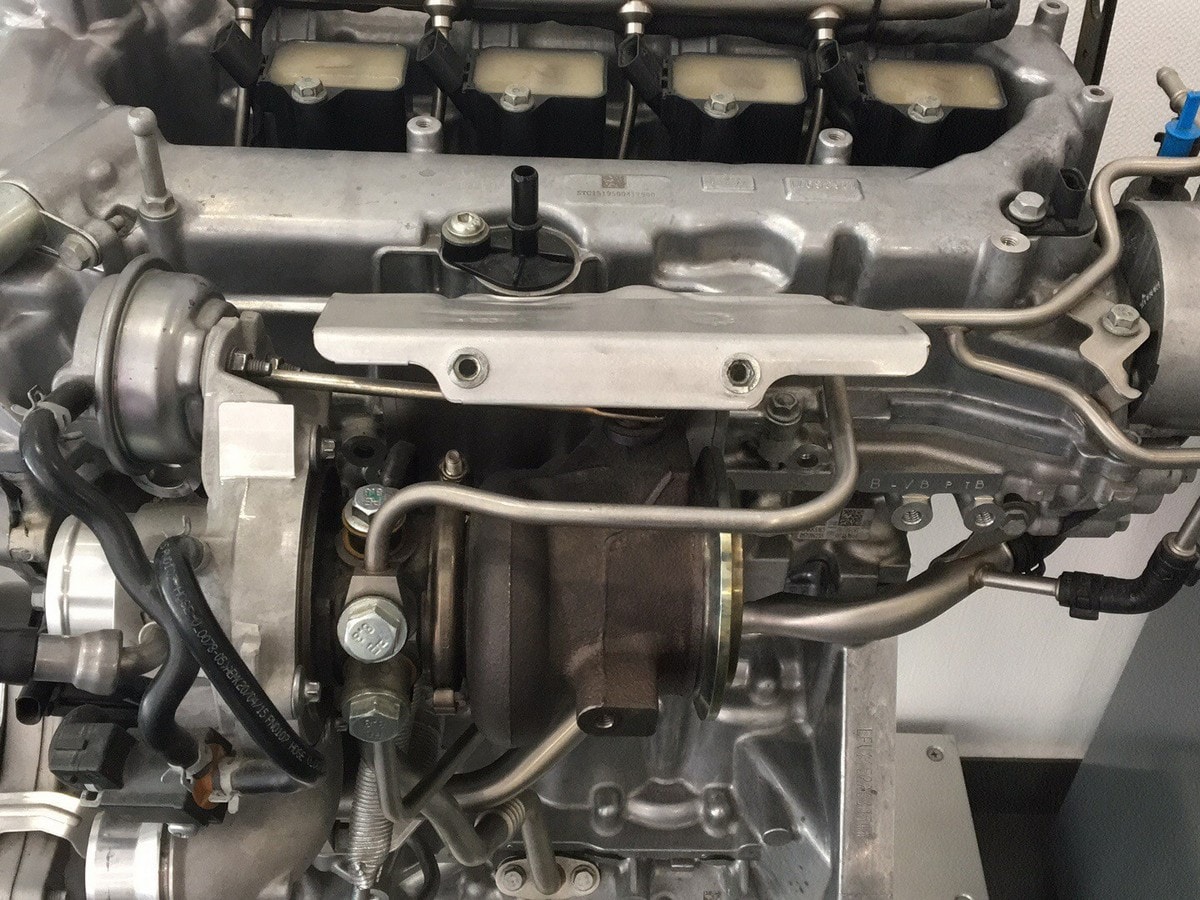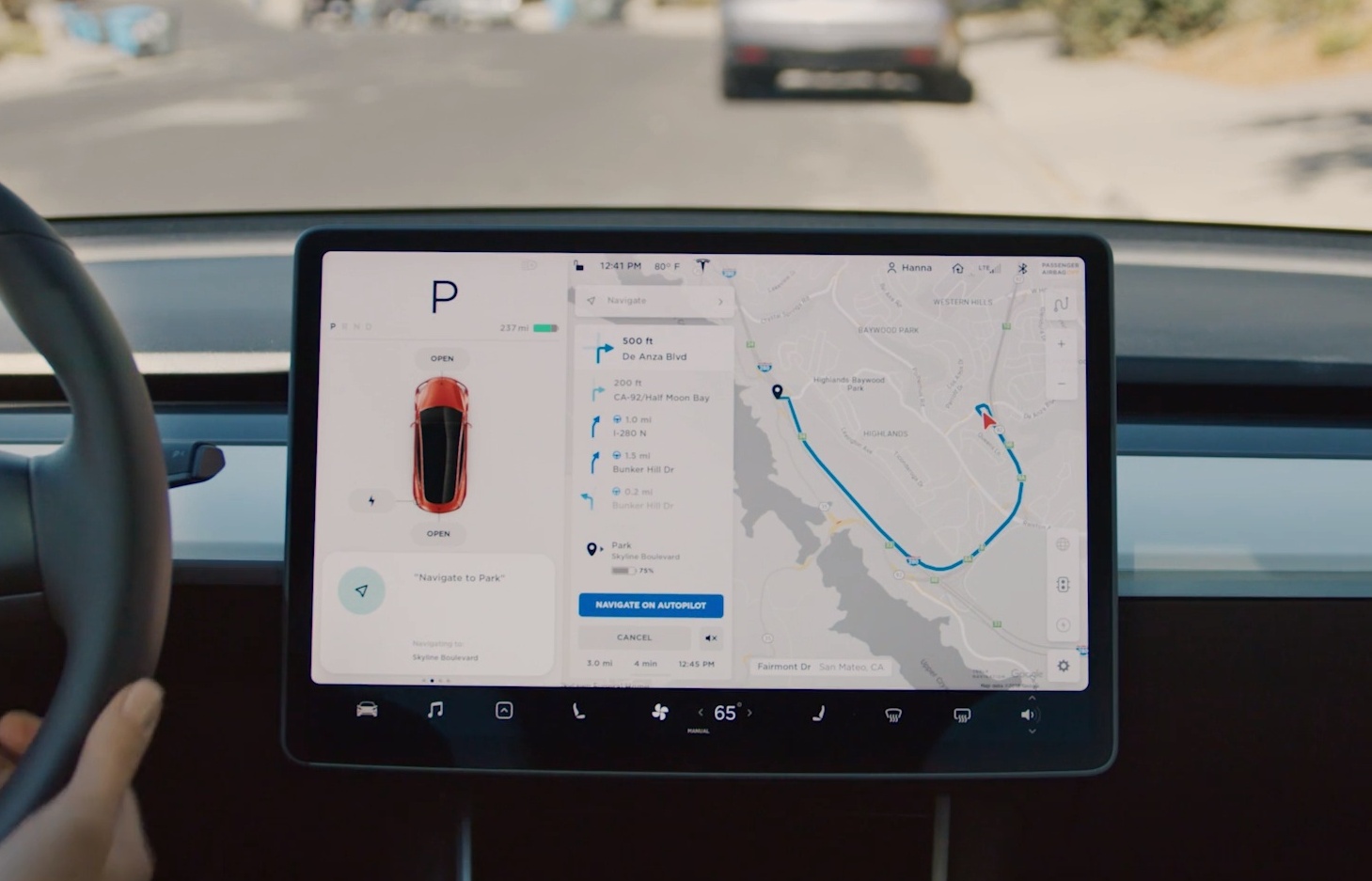- Turbo technology enhances performance of smaller engines
- Turbo 4-cylinders replacing V6s, turbo V6s replace V8s
- Response “lag” deceasing with new designs and technology
- Added cost and complexity offset by efficiency and performance gains
- Nearly two-thirds of all new vehicles to be turbocharged
Anyone shopping new cars or trucks these days has no doubt noticed that more and more of them tout turbocharged engines. Why? Because ever-toughening government emissions and fuel-economy requirements have caused automakers to downsize engines and turbocharging a smaller engine can give it big engine output without sacrificing much (if any) of the efficiency gained by downsizing.
As a result, demand for turbo technology has steadily increased, with strong growth for global turbocharger manufacturers such as Stuttgart, Germany-based BMTS (Bosch Mahle Turbo Systems), which was founded in in 2008 as a joint venture between suppliers Bosch and Mahle. “Traditional internal combustion engines, including hybridization, will continue to be in demand, supporting turbocharger growth,” said BMTS Global Sales Director Neal Karwande at a recent media ride-and-drive event at the M1 Concourse near Detroit.
How a turbo works
A turbocharger is a turbine driven by an engine’s hot exhaust that spins a compressor on the intake side of the engine to pump pressurized air into its cylinders to create more power. The amount of energy an internal combustion engine (ICE) generates depends on how much fuel it can burn quickly and efficiently. But fuel needs air in which to combust, so an ICE’s output also depends on how much air can be pumped into it to mix with the fuel.
While a supercharger serves the same purpose, its compressor is engine-driven through a belt or chain instead of by otherwise-wasted exhaust energy. The major difference is that the brief moment that a turbocharger typically takes to “spool up” to speed as engine rpm (and therefore exhaust heat and pressure) ramp up after stepping on the gas results in “turbo lag.” A supercharger’s boost, and therefore response, increases instantly with engine rpm.
Turbos: smaller and lighter, easier to integrate
But turbochargers enjoy the important advantage that they can be smaller, lighter and easier to integrate into the exhaust system alongside an inline 4- or 6-cylinder or inside the V of a V-6 or V-8. And lag can be reduced by snugging its turbine up close to the exhaust outlets.
Automakers have increasingly replaced V6s with more efficient turbocharged 4-cylinder engines that provide at least equivalent power (and often more tire-spinning torque), while turbo 6-cylinder engines are supplanting normally aspirated V8s.
The addition of turbo tech has allowed smaller engines, like 1.2- to 1.4-liter I4s to generate the same power as larger 2.0- and 2.4-liter 4-cylinder engines. And when the additional boost of the turbo is not required, the smaller displacement of these engines deliver far better fuel economy especially on the city cycle.
Turbo growth
Because of these efficiency gains, manufacturers have been quick to expand the use of the technology. Global information company IHS Markit counted some 220 2018-model vehicles offering at least one turbocharged engine. IHS predicts battery electric vehicle (BEV) production to reach 17 million by 2031 vs.99 million ICE-powered vehicles (including gas/electric hybrids) and that of those ICE vehicles, 63 million (nearly two-thirds) will be turbocharged vs. about half today.
Efficiency at a price
Adding a turbocharger does adds cost and complexity, but the resulting performance boost is pleasing and at times important – to scoot across a busy street or to merge smoothly and safely into fast-moving traffic. Turbochargers also compensate for the loss of power due to thinner air at higher altitudes.
As BMTS demonstrated to media at the M1 Concourse in a 1.5L 4-cylinder Chevrolet Malibu, a 1.4L 4-cylinder VW Jetta, a 3.0L 6-cylinder BMW 540i and a 600-hp 6.0L twin-turbo 12-cylinder Bentley Bentayga W12, turbocharging substantially improves any vehicle’s performance.
And more important developments are coming. “BMTS has done a lot of research and investment in reducing inefficiencies, reducing oil consumption and reducing emissions,” said chief technology officer Dr. Nisar Al-Hasan. “In terms of technology, BMTS has developed and introduced key innovative products.” Among them is an electrified turbo which uses a small motor-driven air pump to eliminate low-end lag.
What you need to know about owning a turbo
As turbochargers become more common across the board, there are several things you should keep in mind about the technology. Because of the higher operating temperature and pressures of a turbocharged engine, it’s important to keep up with regularly scheduled oil changes, per the manufacturer’s recommendation. A turbocharged engine’s higher heat and pressure can more quickly break down the protective additives in the oil used to protect your engine from premature wear.
Also, turbocharged engines may require the use of more expensive synthetic oil. Again, consult your owner’s manual for the recommended weight and composition of replacement oil. Turbocharged engines also may require (or at least recommend) premium fuel for maximum output and efficiency.
